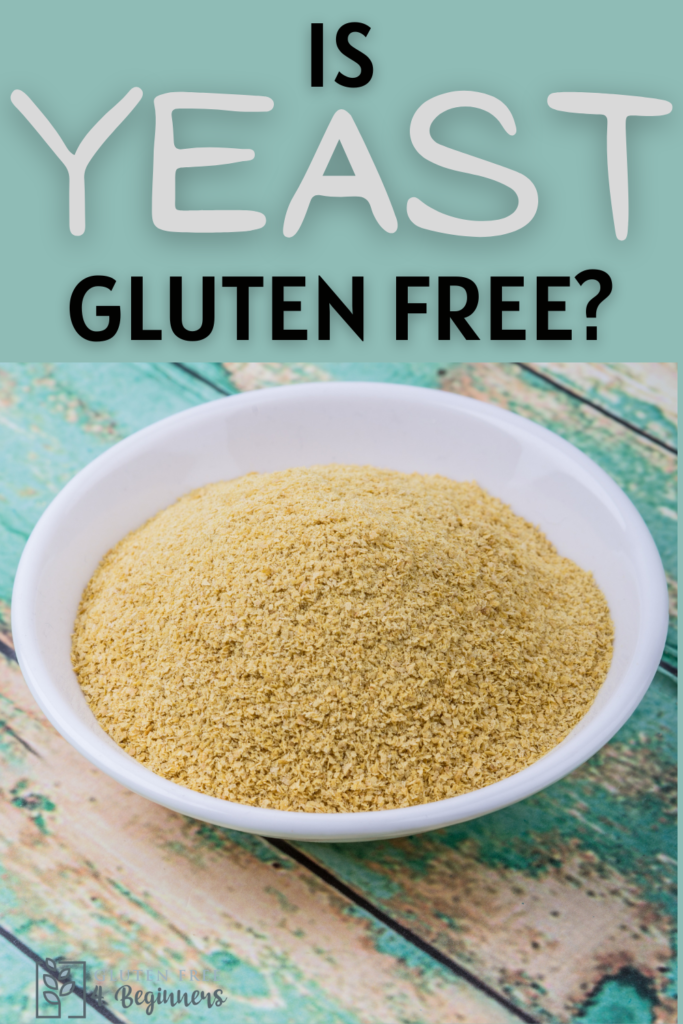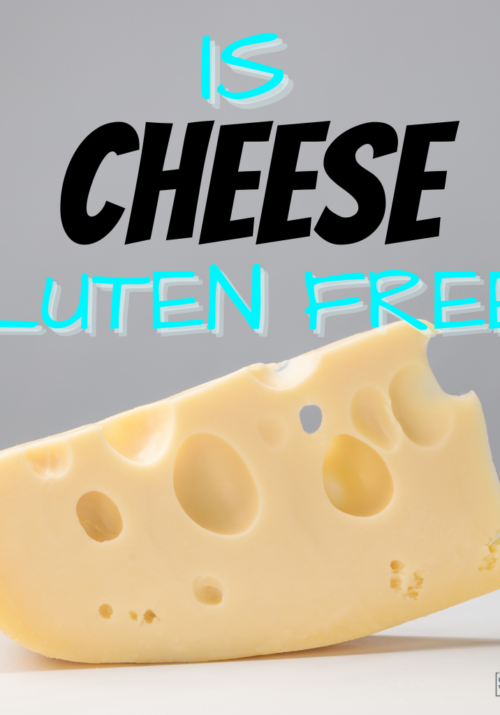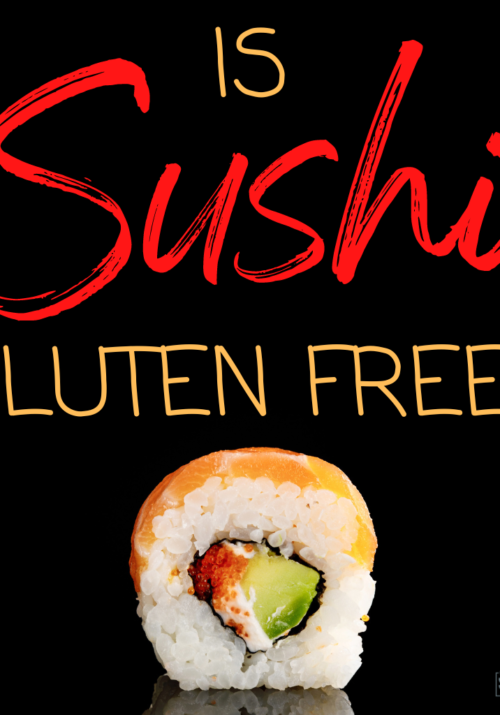Is it Gluten Free? – Yeast
In this post of our “is it gluten free?” series we look to answer the question, is yeast gluten free?
When beginning to eat gluten free you may be wondering, does gluten free mean yeast free? Bread is made with yeast and bread is full of gluten, does that mean that yeast contains gluten? Can I eat yeast on a gluten free diet? Are yeast and gluten the same thing?
When learning how to eat gluten free I developed a much greater understanding and appreciation for the wide variety of ingredients that make up the food we eat. This appreciation for different ingredients led me to want to know more about them. One question I had was, what is yeast and is it gluten free?
What is Yeast?

Yeast is a single cell organism that feeds on sugars and starches turning them into carbon dioxide and alcohol. Yeast is used in breads to create carbon dioxide gas bubbles that are trapped in the dough to create light and airy breads. Yeast is also used in fermentation to produce alcohol.
Gluten and Yeast
A common point of confusion about yeast being gluten free is that yeast works together with gluten to bring many baked goods to life. However, most yeast is gluten free. I had grown up watching my grandmother bake bread, adding yeast and giving it time to rise but had never really thought about how it worked.
Yeast and gluten have an interesting relationship, because gluten is one of the primary proteins that gives a dough its elastic properties it is often assumed that to be gluten free it must also be yeast free. The stretchiness of the dough allows the dough to expand and trap the bubbles of carbon dioxide. In most breads the stretchiness of the dough is provided by gluten. Most gluten free flours do not provide enough stretchiness to the bread dough to capture and trap the carbon dioxide bubbles. This reduced ability to capture and trap these little air bubbles provides an explanation as to why some gluten free bread is more dense than regular bread. To overcome the lack of stretchiness in the gluten free bread dough additional ingredients such as xanthan gum are often used.
Types of Yeast
While all yeast used in food preparation is the same basic organism the format that the yeast is stored and sold in varies. Some of the more commonly available yeast formats are:
- Brewers Yeast – is used in brewing of beer, making of wine, and can be used to make bread rise.
- Fresh yeast – also known as bakers’ yeast or living yeast. Fresh yeast is sold in moist compressed cakes. Fresh yeast has a short self life.
- Active dry yeast – a dry yeast that is used by bakers to leaven. This is a dehydrated form of fresh yeast.
- Instant yeast – is much like active dry yeast but grows more quickly reducing the time required for the bread to rise
- Nutritional yeast – a food product used in Vegan cooking, the same “live” yeast that is used to raise bread or create alcohol is “killed” in the manufacture of nutritional yeast. Used to flavor dishes and as a nutritional supplement. Nutritional yeast is low in sodium, sugar free, fat free, gluten free, vegan.
- Yeast Extract (Marmite) – common in the UK and Australia often produced from leftover yeast from the brewing of beer yeast extract may not be gluten free, depending on the source of the yeast used in the production.
Yeast Allergy

People who have a yeast allergy may experience similar symptoms to someone with gluten intolerance or celiac disease. Similarities in the symptoms of a yeast allergy and gluten issues lead many to question if yeast is gluten free? While the symptoms are similar, celiac disease and yeast allergy are distinct medical issues.
Additionally, a yeast allergy can produce hives or in severe cases an anaphylactic reaction. While hives can be associated with celiac disease it is uncommon and anaphylactic reactions to gluten are virtually unheard of.
Similar to celiac disease a blood test can be performed to determine if a yeast allergy is present in the patient. Treatment for a yeast allergy is treated by avoiding foods that contain yeast, similar to eating gluten free.
Yeast Alternatives
Adding air to the dough without yeast can be accomplished in other ways using alternative methods and ingredients. Such as:
- An acid and a base such as baking soda and lemon juice or vinegar also react to create carbon dioxide gas and produce bubbles in food.
- Baking Soda – acid must be added separately
- Baking Powder – contains both an acidic and basic ingredients
- Sour dough starter – contains a naturally occurring yeast rather than the addition of a cultured yeast directly to the food.
Yes, Yeast is Gluten Free, But…
While the answer to is yeast gluten free is yes, we can see that yeast is used in combination with many gluten-containing ingredients. Yeast extracts coming from excess yeast in the brewing of beer may contain trace amounts of gluten above the 20ppm limit that is considered safe for those with celiac disease. If all the other ingredients used with yeast in food preparation are gluten free the food will be gluten free. The inclusion of yeast in a recipe does not rule it out as a gluten free option.



Leave a Reply